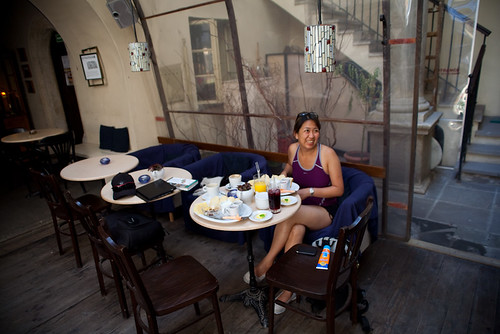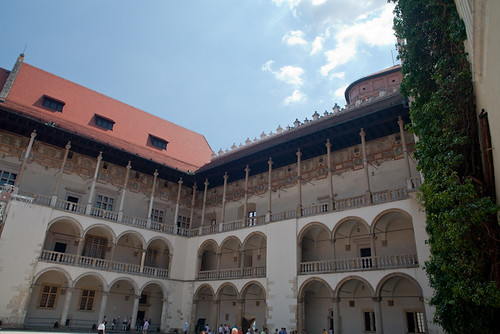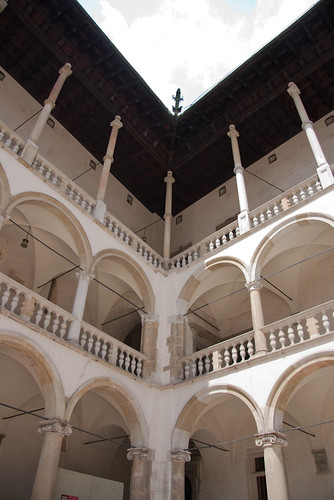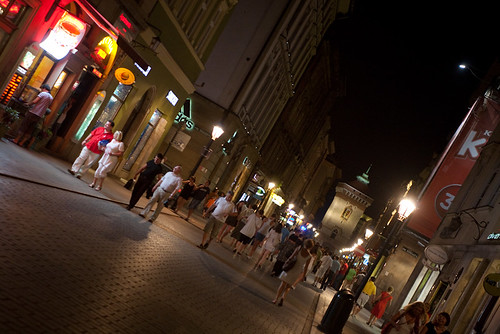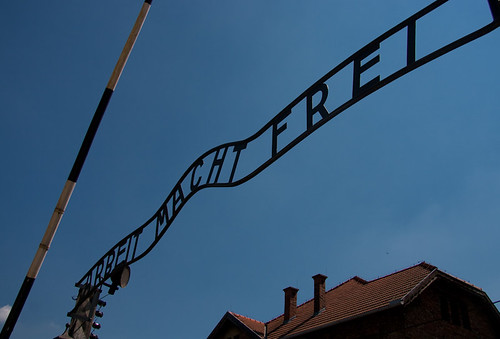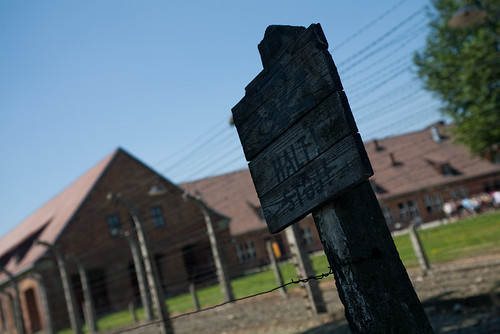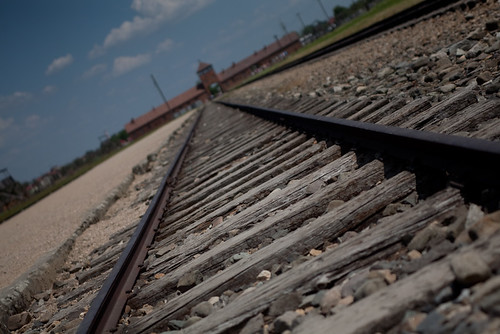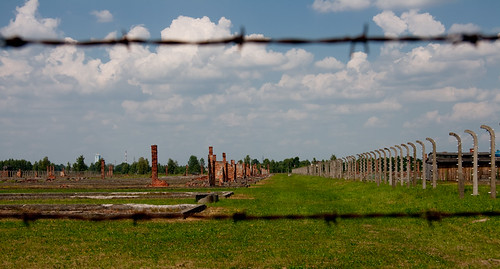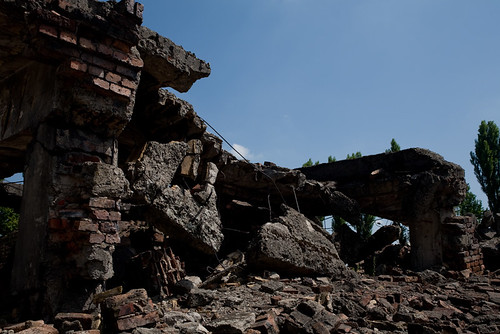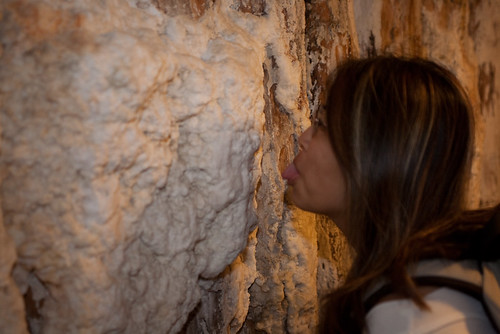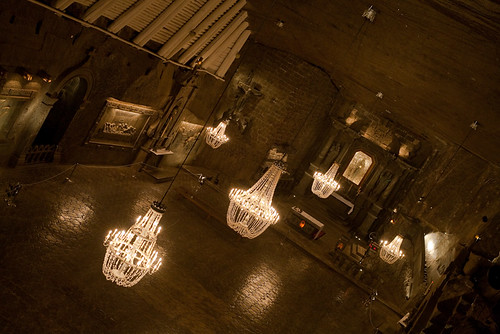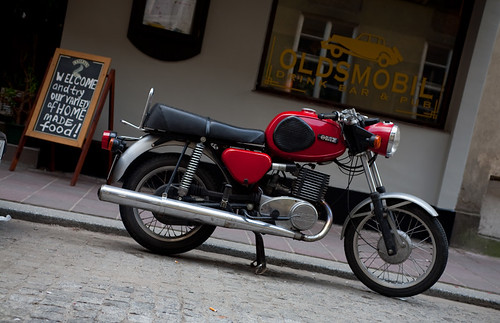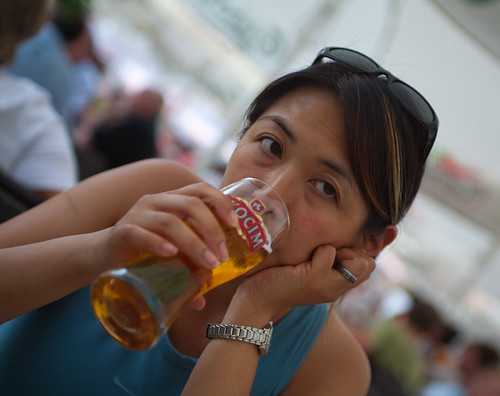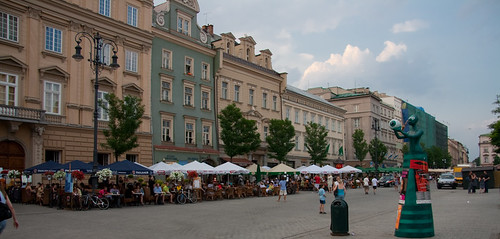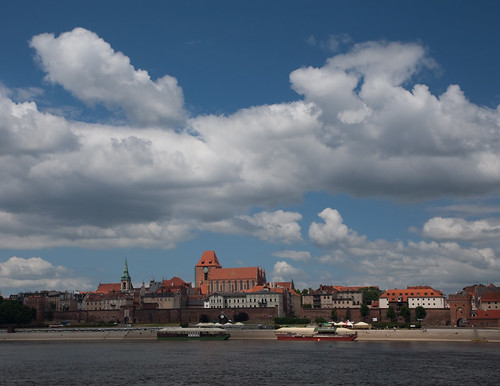Day 11: Checking out Kraków
 Friday, July 16, 2010 at 5:46PM
Friday, July 16, 2010 at 5:46PM After spending most of the previous day at Auschwitz and the Wieliczka Salt Mine we had one day left to finish exploring Kraków. Since we had a pretty disappointing breakfast experience at the hotel the day before, Cess suggested we find something different. We had scouted some potential options before so this wasn't going to be a problem.
We ended up having breakfast at "Cafe Magia", a rather interesting spot. The cafe is housed in an inner courtyard amongst 3 adjoining buildings. This creates a rather intimate quiet atmosphere. The food was good and quite inexpensive considering we were in the middle of Kraków's Old Town.
The major sightseeing attraction planned for this day was visiting the Royal Castle at Wawel Hill. Since Kraków used to be Poland's capital city, the Royal Castle was of utmost importance. We opted to visit the Royal Treasure and Armoury, the various Audience Chambers, as well as the Dragon's Den. There are another 4 or so sections of the castle we didn't see, the biggest of those being the Private Apartments and the Cathedral. However, with the raging heat and crowds, we opted to keep our trip to a pleasant duration and not overdo it.
We had a late lunch at "Zapiecek Pierogarnia" where surprisingly we munched on... apple and sweet cottage cheese pierogi. We spent the remainder of the afternoon and evening meandering around the various streets in Old Kraków. Our final dinner in Kraków was at "Pod Baranem". It certainly lived up to the positive reviews that we had read. All in all, a good day. And good food!
Cafe Magia:
Wawel Hill Royal Castle:
Me, doing what I'm often doing during the trip...
Kraków at night time:
 Europe 2010 in
Europe 2010 in  travels
travels 
